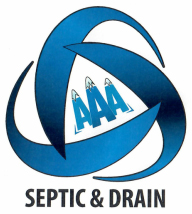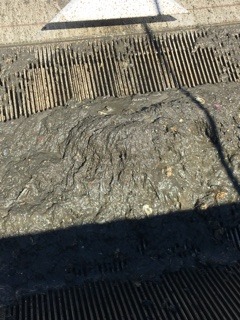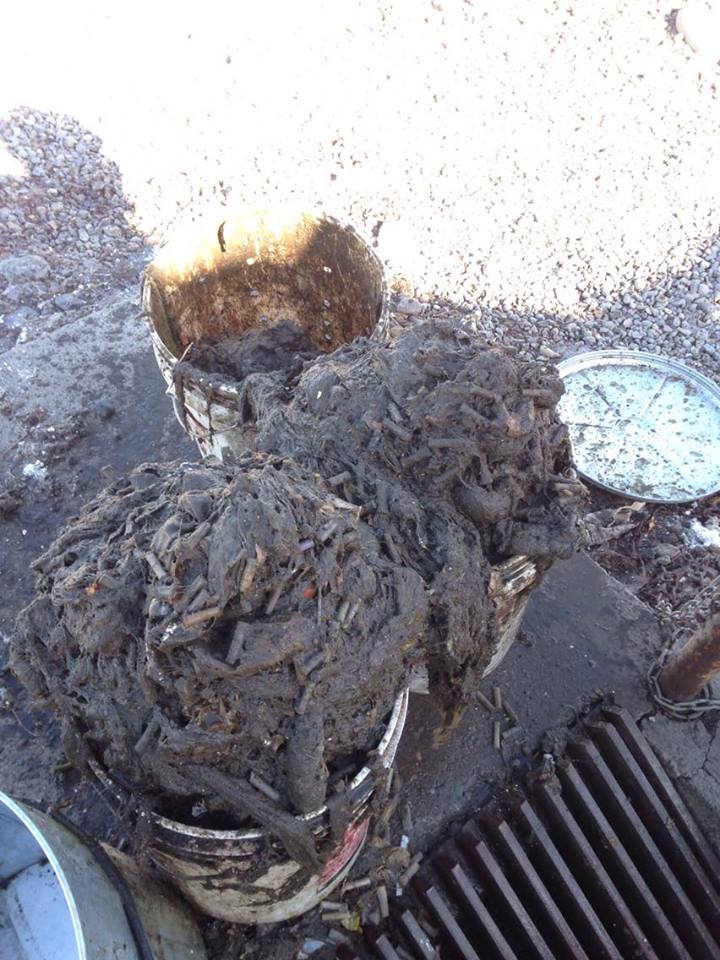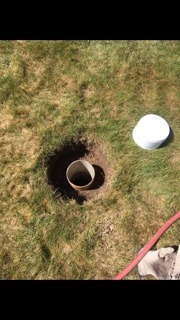
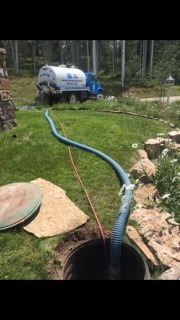
Is it standard practice to pump a septic tank through the inspection port?
Every so often I get jolted back to reality. This happened recently when I received an email with the question: Is it standard practice to pump a septic tank through the inspection port? Now, I know that I have addressed this issue before in this column, but apparently the message hasn’t been getting through to everyone.
I have always viewed this as an issue that doesn’t need review because “everyone knows and uses these standard practices.” But I am proven wrong again, and at the risk of “preaching to the choir,” I will spend some time and space on this issue again.
The simple and straightforward answer to the question is that it is not a recognized standard practice and should not be done! In fact, it can be a detrimental practice and result in harm to the tank and the system as whole.
ONCE A HOT TOPIC
It was particularly distressing to me to learn, upon further discussion with the individual posing the question, that it is a practice seen continually and often. It is a question that I thought had been put to rest 25 to 30 years ago and that we as an industry had moved well beyond this activity.
When I started working in the industry — and in discussion with pumpers and service providers — this question was a topic where there was disagreement. One set of pumpers said in no way is it a good practice because the tank does not actually get cleaned, while another group swore up and down that they could clean a tank through the 4-inch to 10-inch PVC inspection ports by backflushing. Not a problem, they argued. Fortunately, I worked with some university colleagues and pumpers that recognized the disagreement and sought to learn what really happens when you pump through an inspection port.
We rode along with pumpers going to jobs and observed the tank pumping. In the cases where pumpers used the inspection ports and said the tank was clean, we gained access through a manhole and found the tanks were not cleaned of solids. What pumping through the inspection port accomplished was primarily the removal of water, leaving behind the majority of scum and sludge.
As we shared this information nationally at conferences and trade shows, we found our experience was not unique, and others around the country were making the same observations. This led to most state wastewater associations adopting practice standards that called for tanks to be pumped only through the manhole access for each tank, or in the case of multiple-compartment tanks, each compartment.
In a number of those states (mine included), this standard was adopted as part of the state rules and regulations. Any technician who pumps the tank through the inspection port is violating state regulations and is subject to a fine and/or the loss of their license to pump.
DON’T HASTEN DRAINFIELD FAILURE
However, violating the rule is not the reason why the practice should stop. The reason is that not adequately cleaning the tank puts the rest of the treatment system at risk — particularly the most expensive part of the system, the soil treatment unit. As solids build up in the tank, they can be moved out of the tank into the soil treatment and dispersal area, reducing the ability of soil to accept the effluent leaving the tank. This results in failure of the soil treatment area and surfacing of effluent or backing up into the residence. Both present significant health and environmental risks. In addition, fixing or replacing a failed drainfield or mound system is expensive for the homeowner.
The pictures were taken by AAA Septic and Drain. The article is from Jim Anderson U of Minnesota who is an expert in the field of wastewater management.
We constantly try to steer away people from wanting to have their septic tank pumped through the PVC ports. If you have these fixed on the openings of your septic tank we can fit appropriate risers and lids to your tank.
